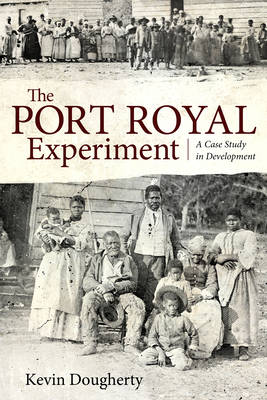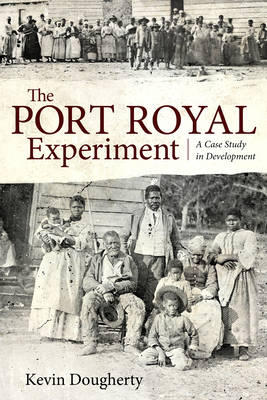
- Retrait gratuit dans votre magasin Club
- 7.000.000 titres dans notre catalogue
- Payer en toute sécurité
- Toujours un magasin près de chez vous
- Retrait gratuit dans votre magasin Club
- 7.000.0000 titres dans notre catalogue
- Payer en toute sécurité
- Toujours un magasin près de chez vous
Description
The Port Royal Experiment builds on classic scholarship to present not a historical narrative but a study of what is now called development and nation building. The Port Royal Experiment was a joint governmental and private effort begun during the Civil War to transition former slaves to freedom and self-sufficiency. Port Royal Harbor and the Sea Islands off the coast of South Carolina were liberated by Union Troops in 1861. As the Federal advance began, the white plantation owners and residents fled, abandoning approximately 10,000 black slaves. Several private northern charity organizations stepped in to help the former slaves become self-sufficient. Nonetheless, the Port Royal Experiment was only a mixed success and was contested by efforts to restore the status quo of white dominance. Return to home rule then undid much of what the experiment accomplished.
The Port Royal Experiment divides into ten chapters, each of which is designed to treat a particular aspect of the experience. Topics include planning considerations, philanthropic society activity, civil society, economic development, political development, and resistance. Each chapter presents the case study in the context of more recent developmental and nation-building efforts in such places as Bosnia, Somalia, Kosovo, Iraq, and Afghanistan. Modern readers will see that the challenges that faced the Port Royal Experiment remain relevant, even as their solutions remain elusive.
Spécifications
Parties prenantes
- Auteur(s) :
- Editeur:
Contenu
- Nombre de pages :
- 224
- Langue:
- Anglais
Caractéristiques
- EAN:
- 9781496809667
- Date de parution :
- 01-11-16
- Format:
- Livre broché
- Format numérique:
- Trade paperback (VS)
- Dimensions :
- 140 mm x 216 mm
- Poids :
- 285 g

Les avis
Nous publions uniquement les avis qui respectent les conditions requises. Consultez nos conditions pour les avis.






